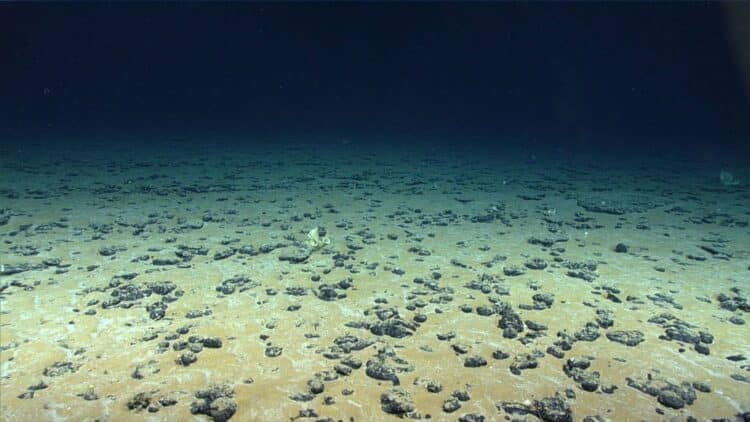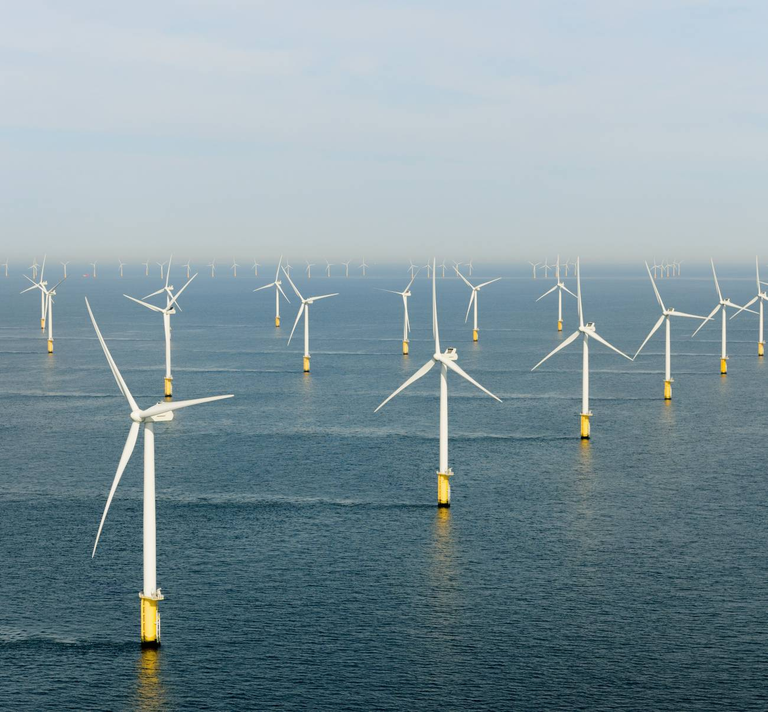Europe’s Hydrogen Revolution: How the North Sea Is Powering a Clean Energy Future
Europe is on the verge of transforming one of its most historically important bodies of water into a cornerstone of the continent’s green energy revolution. The North Sea—once known primarily for its oil reserves and fisheries—is emerging as a key player in the production of renewable hydrogen, a clean energy source that could play a major role in decarbonizing industries, powering transportation, and ensuring energy security for generations to come.
Harnessing the Power of Offshore Wind
At the heart of this transformation is offshore wind. The North Sea boasts some of the most consistent and powerful wind conditions in the world, making it an ideal location for generating electricity from wind turbines. Unlike solar energy, which can be intermittent, offshore wind provides a more stable and predictable energy output.
European countries bordering the North Sea—such as the UK, Germany, the Netherlands, Denmark, and Belgium—are working together to tap into this immense natural resource. Plans are already in motion to build vast offshore wind farms capable of producing up to 300 gigawatts (GW) of electricity. To put that in perspective, that’s enough energy to power hundreds of millions of homes.
But rather than stopping at electricity, these countries are taking the next leap forward: using the electricity to power electrolysis, a process that splits water into hydrogen and oxygen. When powered by renewable energy, this process produces green hydrogen—a clean, emissions-free fuel that can be stored, transported, and used in a variety of applications.
What Is Green Hydrogen—and Why Does It Matter?
Hydrogen itself is not new. It’s already used in a wide range of industries, from refining oil to producing fertilizers. However, most of the world’s hydrogen is currently produced using fossil fuels, in a process that emits large amounts of carbon dioxide—this is known as grey hydrogen.
Green hydrogen, by contrast, is produced using renewable electricity, making it entirely emissions-free. When used as a fuel, its only byproduct is water vapor. That means green hydrogen could play a crucial role in helping Europe—and the world—achieve net-zero carbon emissions.
The European Union has recognized this potential. Through initiatives like the European Green Deal and REPowerEU, the EU has committed to scaling up renewable hydrogen production and infrastructure across the continent. The North Sea, with its unique geographic and climatic advantages, is central to that vision.
An Ambitious Target: 45,000 Tonnes per Year
Recent estimates suggest that the North Sea could produce up to 45,000 tonnes of renewable hydrogen annually in the near future. This is a significant milestone, reflecting both the scale of Europe’s ambition and the growing confidence in its ability to deliver.
However, reaching this goal will require overcoming substantial hurdles.
The Roadblocks to a Hydrogen Economy
Despite the enthusiasm, several challenges stand in the way of large-scale hydrogen production in the North Sea:
Limited Infrastructure: As of now, only a handful of hydrogen production plants are operational or under construction. Scaling up to meet the 45,000-tonne goal will require massive investment in new electrolyzers, pipelines, and storage facilities.
Technical Complexity: Producing hydrogen at sea adds layers of logistical and engineering difficulty. Developers must build and maintain electrolysis systems in harsh marine environments, connect them to offshore wind farms, and safely transport the hydrogen to shore.
Regulatory Hurdles: Energy policy in Europe is complex, and hydrogen regulation is still in its early stages. Governments will need to align on standards, safety protocols, and cross-border cooperation to avoid delays.
Financing and Investment: Building offshore hydrogen infrastructure is expensive. Public–private partnerships, government subsidies, and private investment will all be necessary to bring these projects to life.
Innovative Solutions and New Technologies
Fortunately, innovation is helping to move things forward. One promising development is the Windcatcher, a futuristic floating wind system that resembles a giant wall of turbines. Designed to maximize wind capture while minimizing sea space, Windcatcher and similar technologies could revolutionize offshore wind generation, making it more efficient and cost-effective.
In parallel, companies and research institutions are developing compact, marine-grade electrolyzers that can operate directly at sea. This could eliminate the need to bring electricity to shore before hydrogen is produced, simplifying logistics and reducing costs.
Collaboration Across Borders
No single country can achieve this vision alone. That’s why the North Sea hydrogen initiative is deeply collaborative. The European Hydrogen Backbone project, for instance, is creating a transnational network of hydrogen pipelines that will allow countries to share supply, balance demand, and increase resilience.
The region is also benefiting from strong political momentum. In 2022, leaders from nine North Sea countries signed the Esbjerg Declaration, committing to massively expand offshore wind and hydrogen infrastructure by 2030. These kinds of commitments provide the policy certainty and investment signals needed to accelerate development.
A New Industrial Revolution?
The implications of Europe’s North Sea hydrogen plans go far beyond energy production. If successful, this initiative could spark a new industrial revolution—one that is clean, sustainable, and future-focused.
Green hydrogen could be used to decarbonize industries that are difficult to electrify, such as steelmaking, shipping, aviation, and heavy transport. It could be stored and used as backup power during periods of low wind or solar output, helping to stabilize the grid. And it could create thousands of new jobs in engineering, construction, maintenance, and green technology.
Conclusion: A Future Powered by Wind and Water
Europe’s efforts to harness the North Sea for renewable hydrogen are ambitious—but they are also necessary. As the climate crisis deepens and geopolitical tensions highlight the vulnerabilities of fossil fuel dependence, clean, homegrown energy sources are more critical than ever.
By turning the winds of the North Sea into a fuel for the future, Europe is not only investing in energy—it is investing in resilience, sustainability, and long-term prosperity.
Should Europe prioritize offshore hydrogen production despite the high costs and technical challenges, or focus instead on simpler, land-based renewables?


https://www.reddit.com/r/RenewableEnergy/comments/1lf9z2n/europes_hydrogen_revolution_how_the_north_sea_is/
https://www.reddit.com/r/energy/comments/1lfcq9m/europes_hydrogen_revolution_should_europe/
This post has been shared on Reddit by @tsnaks, @stekene through the HivePosh initiative.